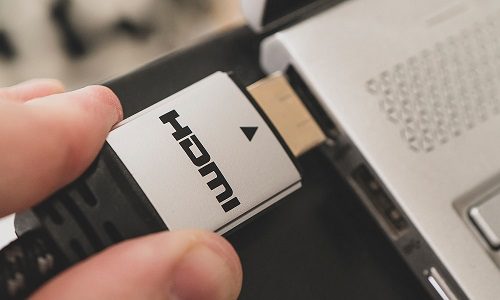I have a Mac PC and I get updates all the time; currently I’m using Version 10.14.6. These are important to follow because some apps may need to operate under different version numbers; everyone knows and gets this. Mac (Android OS, too) names every new OS, which I appreciate — Mojave, El Capitan, High Sierra, et al. I find it easier to follow and identifiable.
Similarly, each time a new HDMI specification is introduced, it comes as a Revision with a number, starting at Rev 1.0 to today’s new Rev 2.1a. Each has its differences comprising fixes, additional features, and always technical content.
However, HDMI relies on manufacturers’ products to use feature sets along with Revision numbers to identify each change. This isn’t a bad idea, but such additional features over time have increased substantially.
From an integrator and consumer standpoint, it can raise havoc trying to purchase equipment that will operate seamlessly with little to no issues.
Some folks claim 2.1 will eliminate this. At DPL Labs, we’re not as optimistic. It means feature specs would have to be well understood by the buyer or user, and thoroughly spelled out by the maker. Some may opt for speed names such as Ultra High Speed, High Speed and Premium as cables go, while others may want to stick with Rev numbers.
If you compare Rev 1.2 having basically three or four meaningful feature sets to today’s Rev 2.1a having better than 40, the dynamics are huge. How does that get shared and understood?
Plus, HDMI announced this year that it will eliminate Rev 2.0 and fold it into its adjacent 2.1 spec. This can become a real marketing nightmare not only for brands but for integrators (HDMI even addressed this on a recent CE Pro Podcast).
One major change with Rev 2.1 was in its transmission format from TMDS (Transition-Minimized Differential Signaling) to FRL (Fixed Rate Link), which in turned moved the interface from a 3-channel to 4-channel video system providing a 25% increase in channel allotment.
Great idea, except for one slight issue. Under Rev 2.0 the total data rate is 18Gbps, calculated by having three channels with 6Gbps per channel … but in FRL mode this changes to four channels and internal correction equalization is completely different.
Plus, since Rev 2.0 only needs three 6Gbps channels, many cables only provide 1Gbps clock channels because the clock was only 150MHz under 2.0. Let’s assume the cable did provide four 6Gbps channels, doing the math brings the system aggregate to 24Gbps.
Well, if you look deep into the feature sets of Rev 2.1 there is a 24Gbps function that provides 4K under the name of Ultra High Speed, with higher frame rates and even color that Rev 2.0 does not support.
Related: Identifying HDMI Interoperability Issues is Still Challenging
If you had a system that offered Rev 2.1’s data rates and all its new features and you were operating with Rev 2.0 transmission lines there could very likely be an electrical hiccup due to channel limits, EQ differences and lack of extra fourth channel!
Fortunately, there is substantial guidance designed to keep some order, but we are talking about a massive amount of configurations and not necessarily a canned software package used for each product — they are usually customized by vendor, which can create some surprises.
Every scenario would have to be picked apart and processed, and even then confusion could understandably remain. There are many more examples, too. By throwing Rev 2.0 into 2.1, in DPL’s opinion it will complicate things further. I’m sure we’ll be revisiting this topic.







